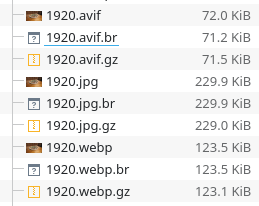The post on Mastodon has a screenshot of the post edit history:

And a copy-pasted response from a moderator (the most relevant bit):
So in my opinion, if your intention was to show political support for diversity, you should avoid using this flag. This will allow us to refuse the use of a flag for instance saying 'non-queer', If we allow your flag, then we have to admit also other similar political flags, both supporting and opposing diversity.



The OP on Mastodon shared screenshots of the replies (can't tell if they were originally in the forum post, or if it's a DM):
https://nextcloud.aztinet.eus/s/sxqEDJDZGp7a9rx